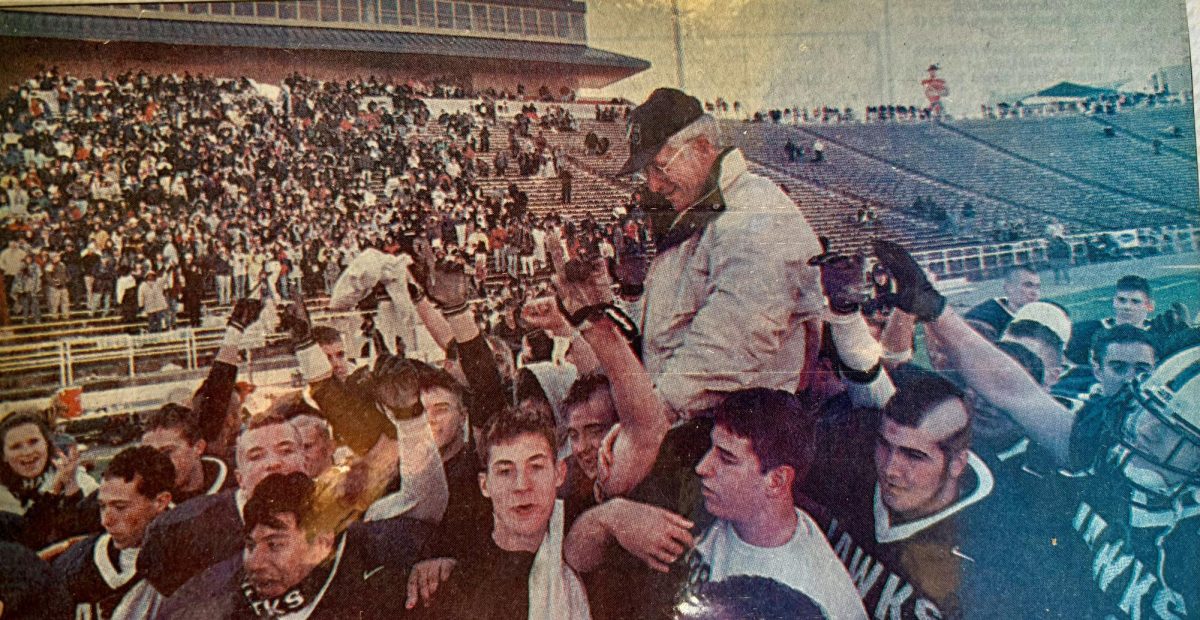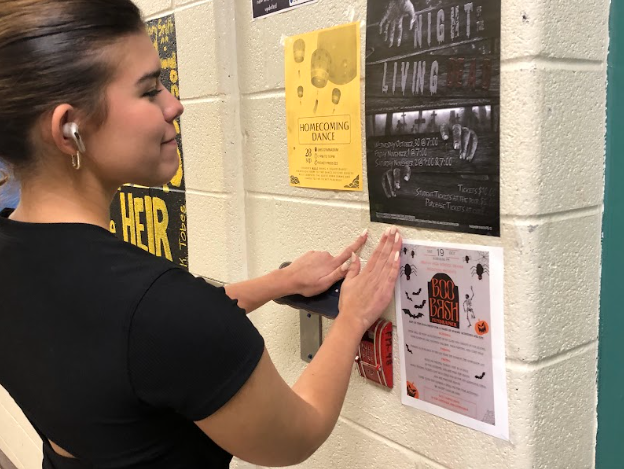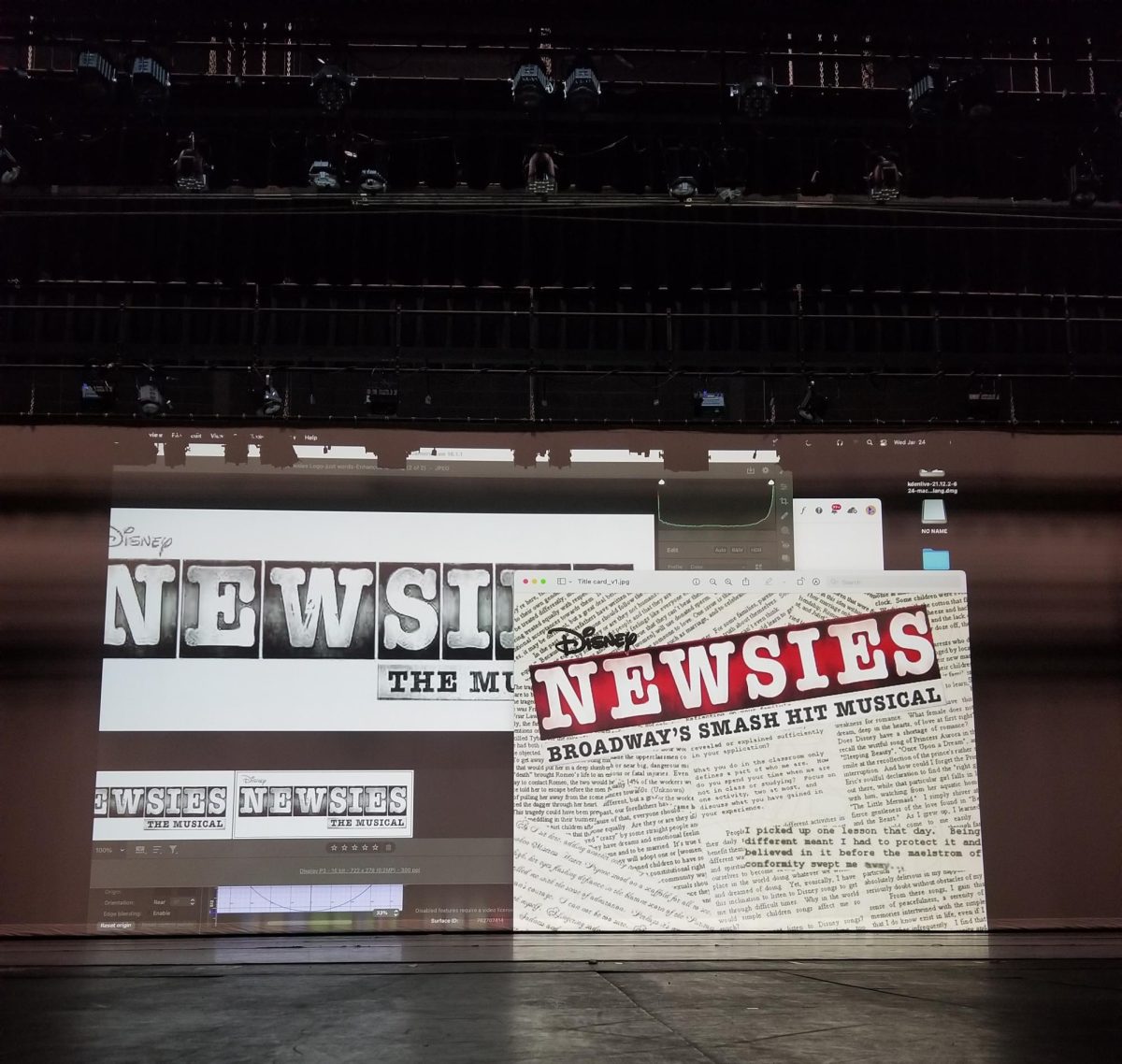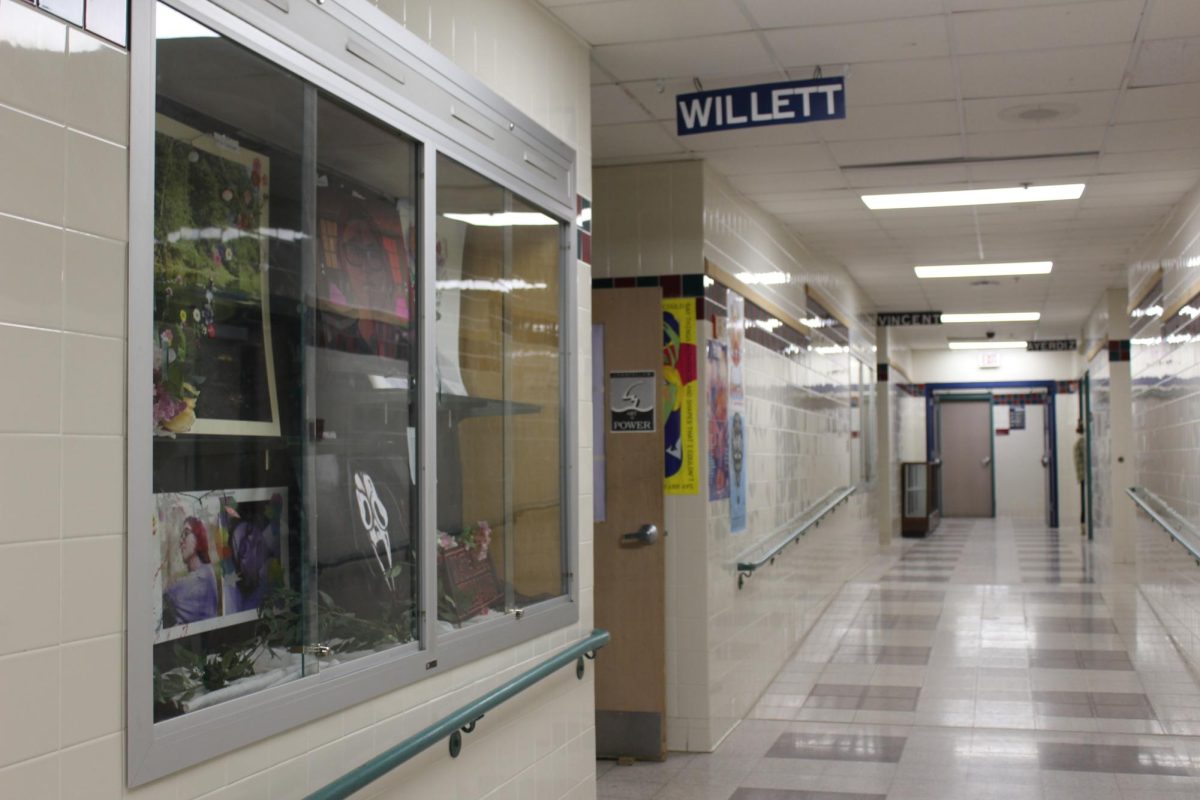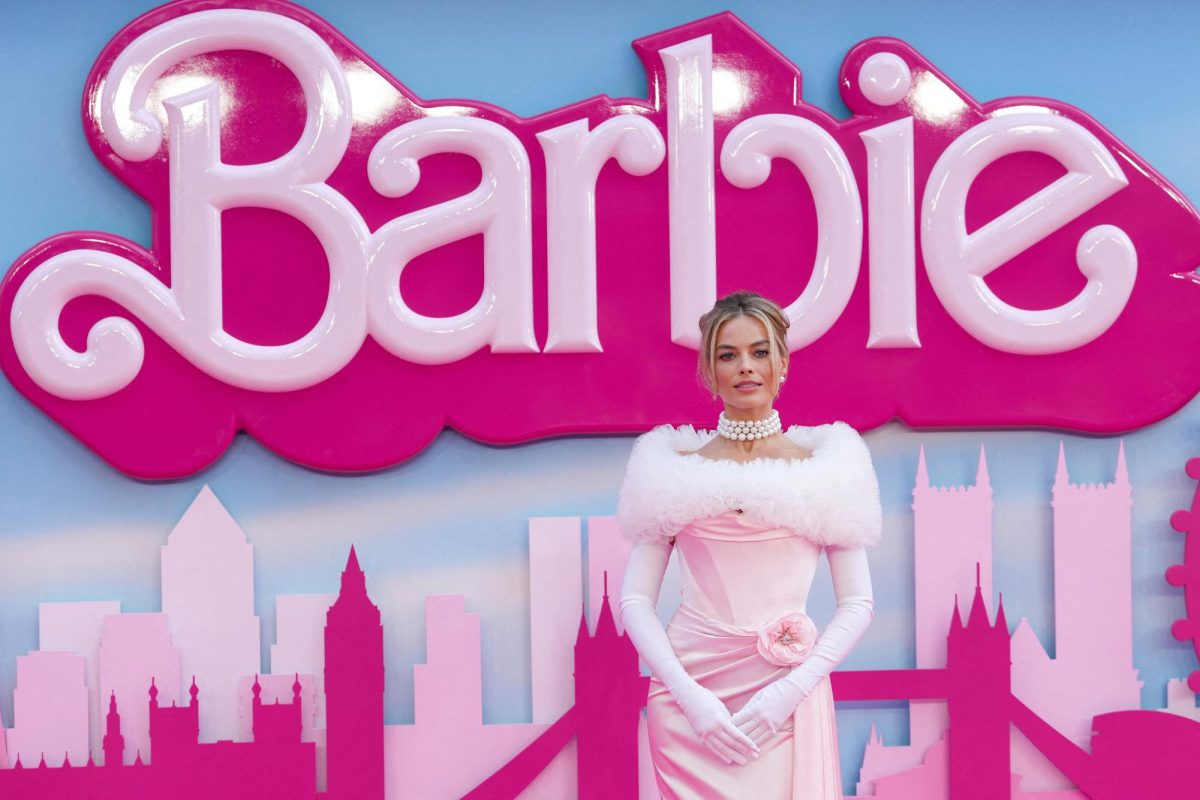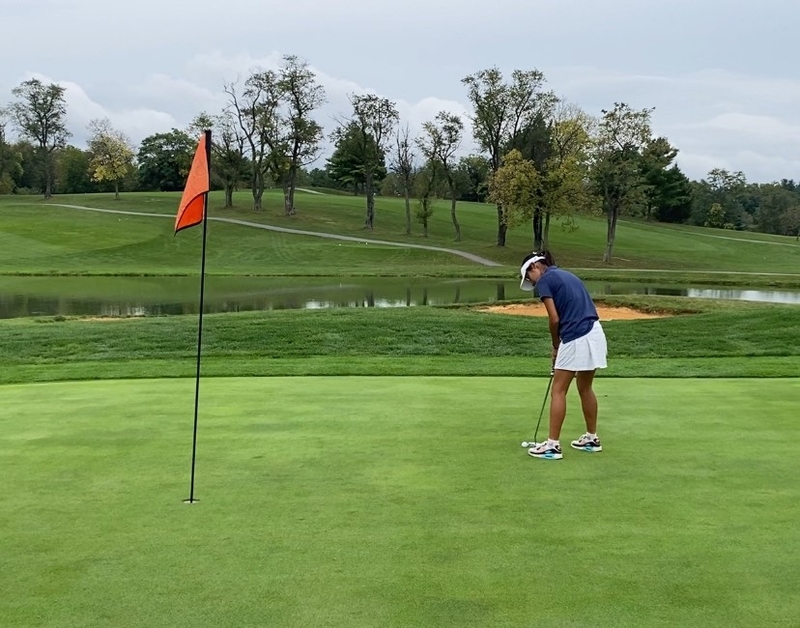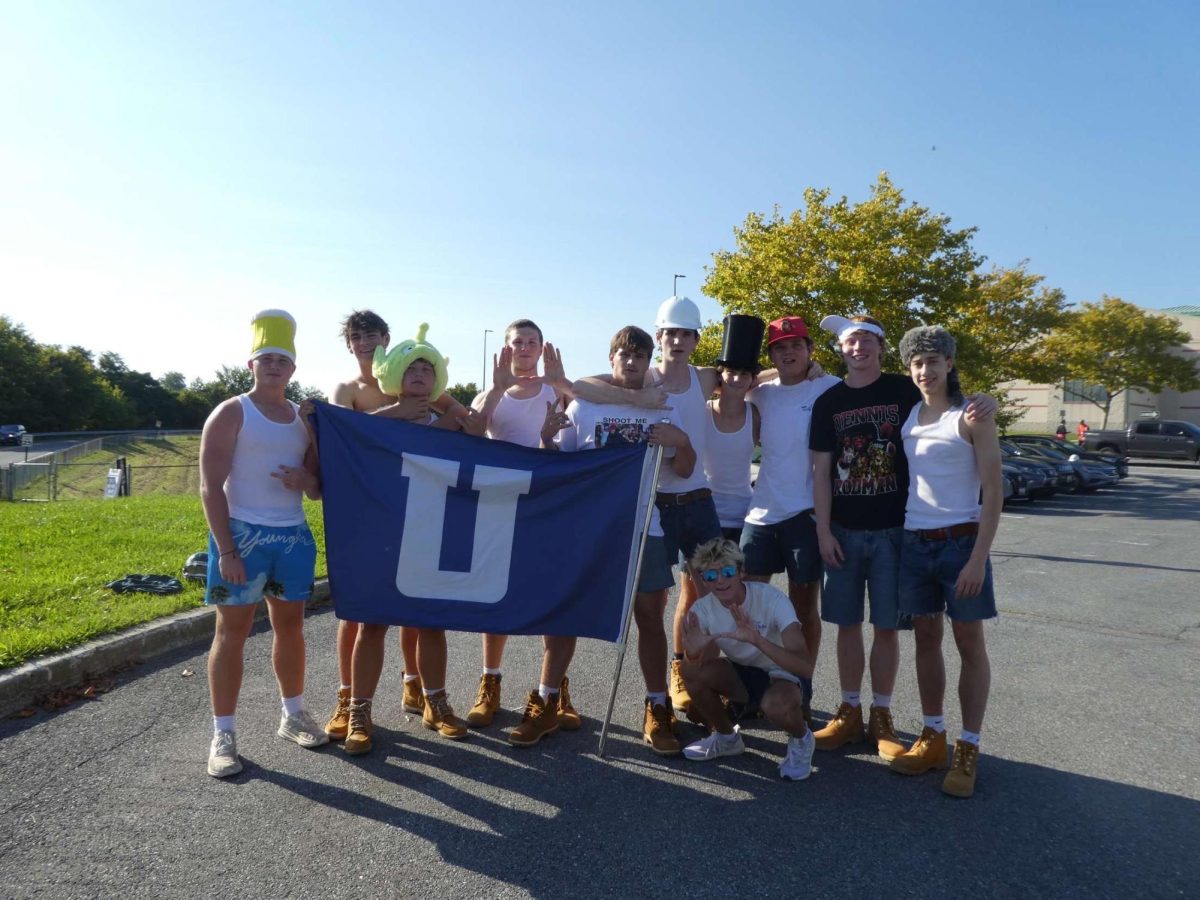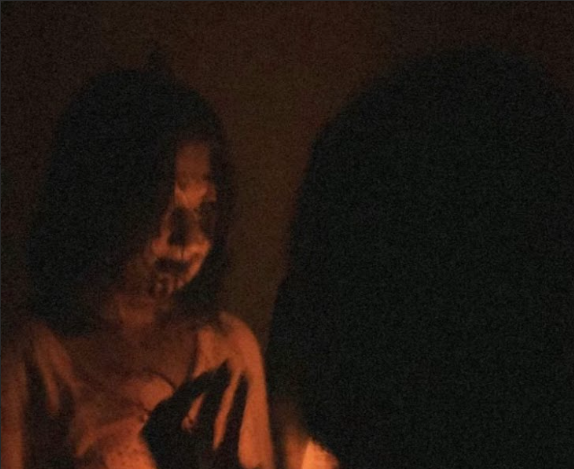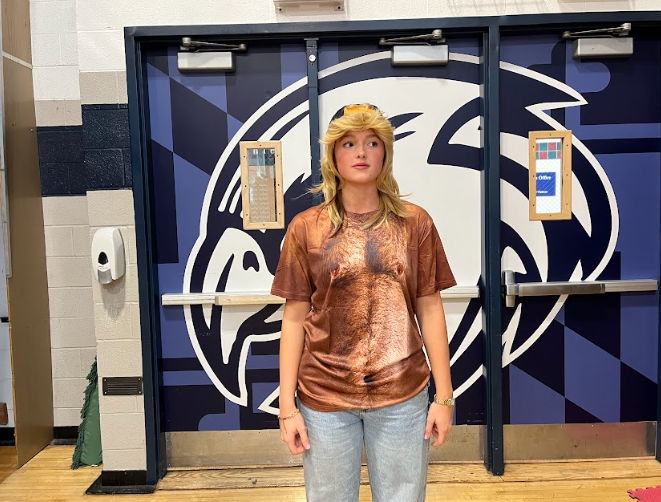Sealing Up the Cracks
November 6, 2013
On October 9, 2011, the Cracked Claw closed for good after several months of heavy financial losses in a failing economy. But on March 20, 2013, plans were unveiled to restore the historic portion of the building. These plans are subject to change, but the main purpose is to revive the property from its current desiccated state.
Memories of the Cracked Claw, as well as the Peter Pan Inn were fondly recalled by several individuals. Neal Conway, a former regular at the Cracked Claw said, “Under new ownership, the place was reopened as the Cracked Claw at Peter Pan Inn and much of the dining space is given over to off-track betting. Some of the old fixtures and furniture remain, but a lot was sold off and for years could be found floating around the flea markets and antique shops of nearby Frederick.” However, the restored building will include very little of the original restaurant; instead, it will be focused on the original structure buried deep within.
According to Andy Brown, a property owner at Stanford Properties, the historic part of the Cracked Claw is called the Rine-Dixon House. Brown also said, “Al Clapp is the architect who will oversee the renovation. We are not sure whether there will be a beer and wine shop or a bank in the building, but those would be nice uses.” The modernized vision of the Rine-Dixon House is far from achieved though; moreover, the process of getting to the building will take up an enormous amount of time, and effort.
The steps to restoring the building start with getting to the actual building. Brown said, “We have to peel away the parts that have been added without damaging the historic building underneath; that’s the first step. The second is to replace the parts that are rotted, or not structurally safe. The last part is to put in modern systems, so that it can be used; heating, air conditioning, electrical, and plumbing.” Brown also said that there are no plans whatsoever to demolish the building, but that the entire Cracked Claw building that is visible, is not part of the historic Rine-Dixon House.
As for the community’s view on the restoration, the architect, Al Clapp presented his plans to the Urbana Civic Association on March 20, 2013. According to Teresa Bell-Stockman, a writer for the Town Courier, Clapp mentioned that several fast food chains had expressed interest in the site. Additionally, he had assured the Urbana Civic Association that sidewalks would be around the site, to ensure the safety of possible fast food-seeking high school students.
The Cracked Claw and the Peter Pan Inn were part of Urbana’s history. Now, as the community moves on, the building does as well. With the restoration, the Rine-Dixon House will no doubt become a hotspot for both tourists, and community members. Yet, the restaurant that once stood there will always be remembered by its former patrons, employees, and owners.


